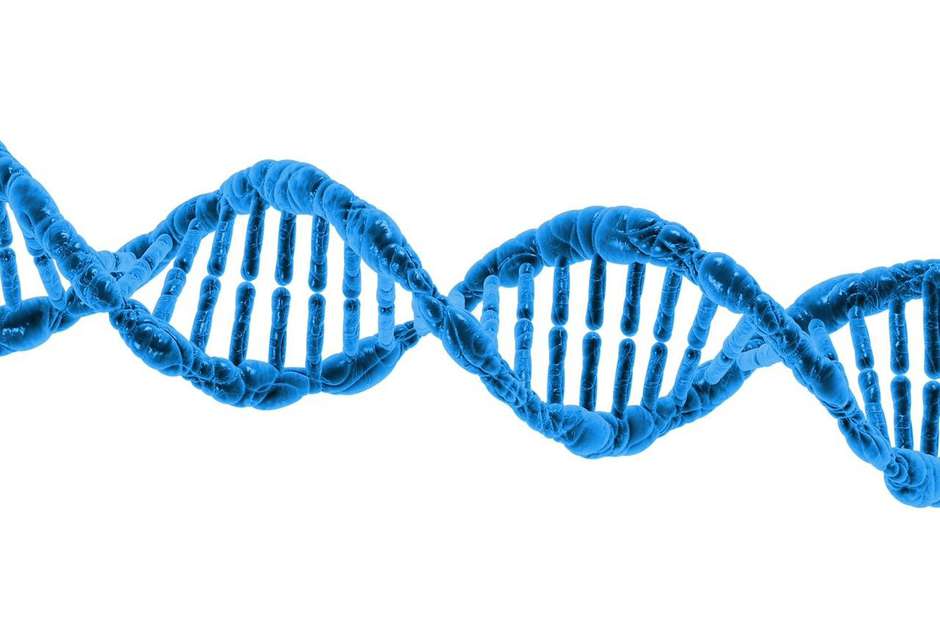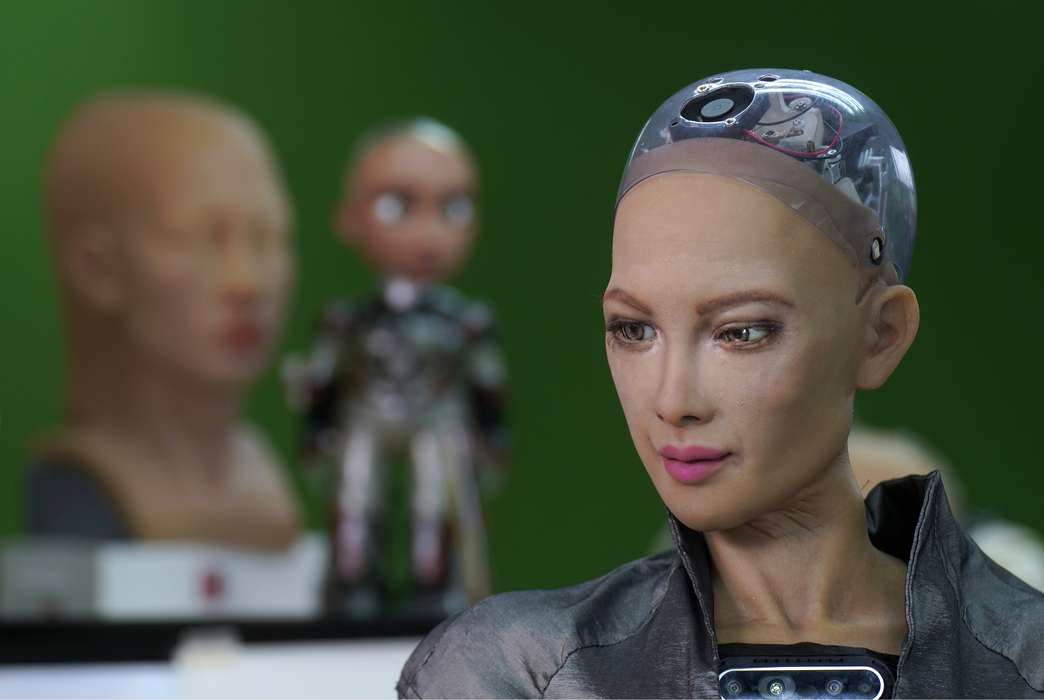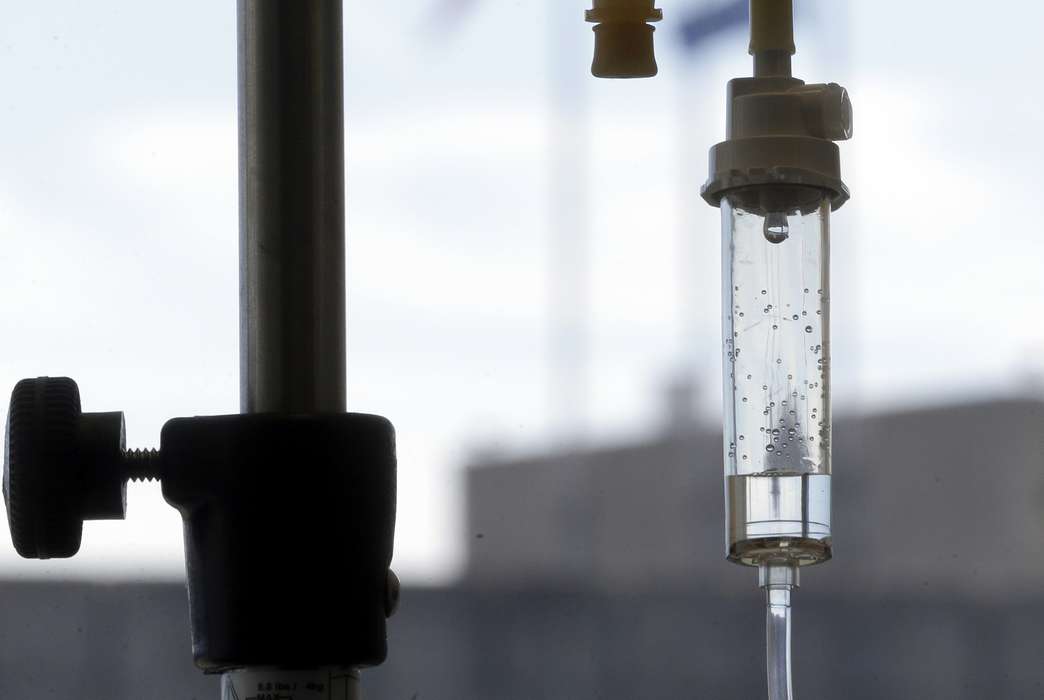Researchers develop possible fix to unwanted CRISPR changes
A scientist at the University of Florida Citrus Research and Education Center holds seedlings used for gene editing research. (Federica Narancio, AP)
A trio of Japanese researchers harnessed a DNA-repair mechanism in cells to make gene-editing more accurate and unintended changes less frequent, refining the use of CRISPR technology.
In a paper published in Communications Biology, the scientists reported that they achieved more accurate results by turning off CRISPR-Cas9, an enzyme, during particular cell-cycle stages.
The change in technique made DNA repair between 1.7 and 4.5 times more active than in CRISPR-Cas9 gene editing alone. It also reduced changes made to off-target genes by as much as 91%.CRISPR, a set of bacteria DNA sequences that fight off viruses, has been adopted as a gene-editing tool by scientists since its breakthrough discovery in 2012, being used alongside Cas9 to snip and alter genetic codes. The new technology is expected to create leaps of progress in fields such as agriculture and medicine — for instance by allowing editing of human-embryo genes to prevent crippling disorders. However, the technology must result in fewer mistakes in order to have wide application.
Their new approach relies on promoting the more accurate yet finicky of two DNA-repair mechanisms to fix the genetic breaks made by CRISPR-Cas9. Homology-directed repair, or HDR, is primarily active during only the S and G2, or middle stages, of the cell cycle, causing it to be outperformed by the less accurate but always-on non-homologous end-joining, or NHEJ.
The researchers added a protein that promoted HDR, almost completely suppressed NHEJ and “turned off” Cas9 during the G1 or M stages, which are the beginning and end points. This hat-trick effect made HDR fix many more CRISPR-Cas9 breaks than in standard gene editing and led to a big leap in accuracy.
“We found that cell cycle-depending expression of (a) natural CRISPR inhibitor called anti-CRISPR makes genome editing more safe,” said Daisuke Matsumoto, a professor of biomedical and health sciences at Hiroshima University and the lead author of the paper. “Our finding is (the) first example of improvement of HDR efficiency by using anti-CRISPR (proteins).”
The protein used by Mastumoto and his team, AcrllA4, shut down gene editing when HDR was inactive by inhibiting SpyCas9 — the most popular Cas9 variant, taken from Streptococcus pyogenes, a species of bacteria that can cause strep throat. After AcrllA4 bonded with CDT1, a protein that guides DNA replication, the suppressive compound was found degenerate during the S and G2 stages and allowed gene-editing as HDR peaked in activity, as predicted.
Matsumoto, who was previously affiliated with the Tokyo Medical and Dental University, said his team’s work took inspiration from a 2016 paper published in Cell Reports, in which University of Texas researchers were the first to boost HDR by using the cell cycle. The Japanese scientists used a different protein to cause the effect, and their maximum increase in HDR activity of 4.5 times — equivalent to a 350% rise — was much larger than the 87% increase created by the U.S. researchers.
Matsumoto said his group wants to apply the method to variations of CRISPR gene-editing that use Cas9 proteins from other bacterial species, Cas13a proteins and base editors, which can change the four nucleobases without cutting DNA.
And according to Wataru Nomura, a professor at Hiroshima University and another author of the study, they hope to use their research to improve gene-editing to the point where it can help patients.
“Our ultimate goal is to develop a genome editing system which can be used safely in the medical therapeutic field,” Nomura said.
The article, “A cell cycle-dependent CRISPR-Cas9 activation system based on an anti-CRISPR protein shows improved genome editing accuracy,” was published Oct. 23 in Communications Biology.
The authors of the study were Daisuke Matsumoto and Wataru Nomura, Hiroshima University; and Hirokazu Tamamura, Tokyo Medical and Dental University. The lead author was Daisuke Matsumoto.










